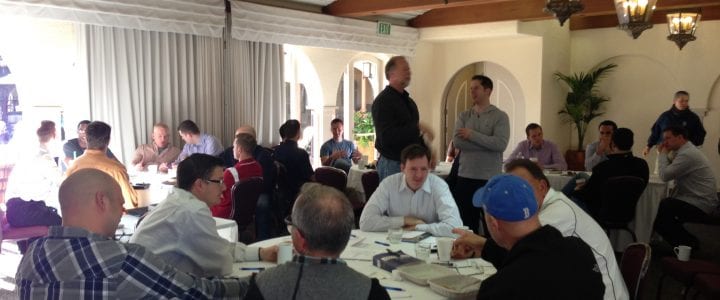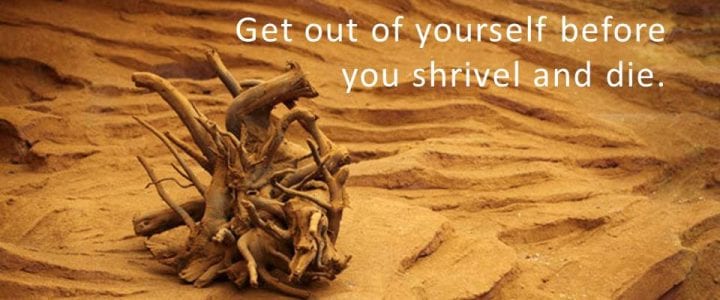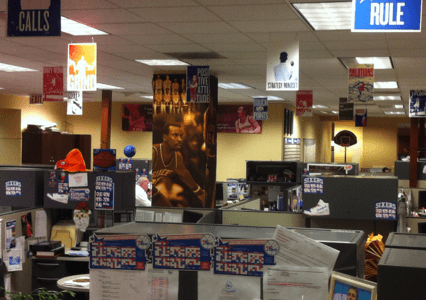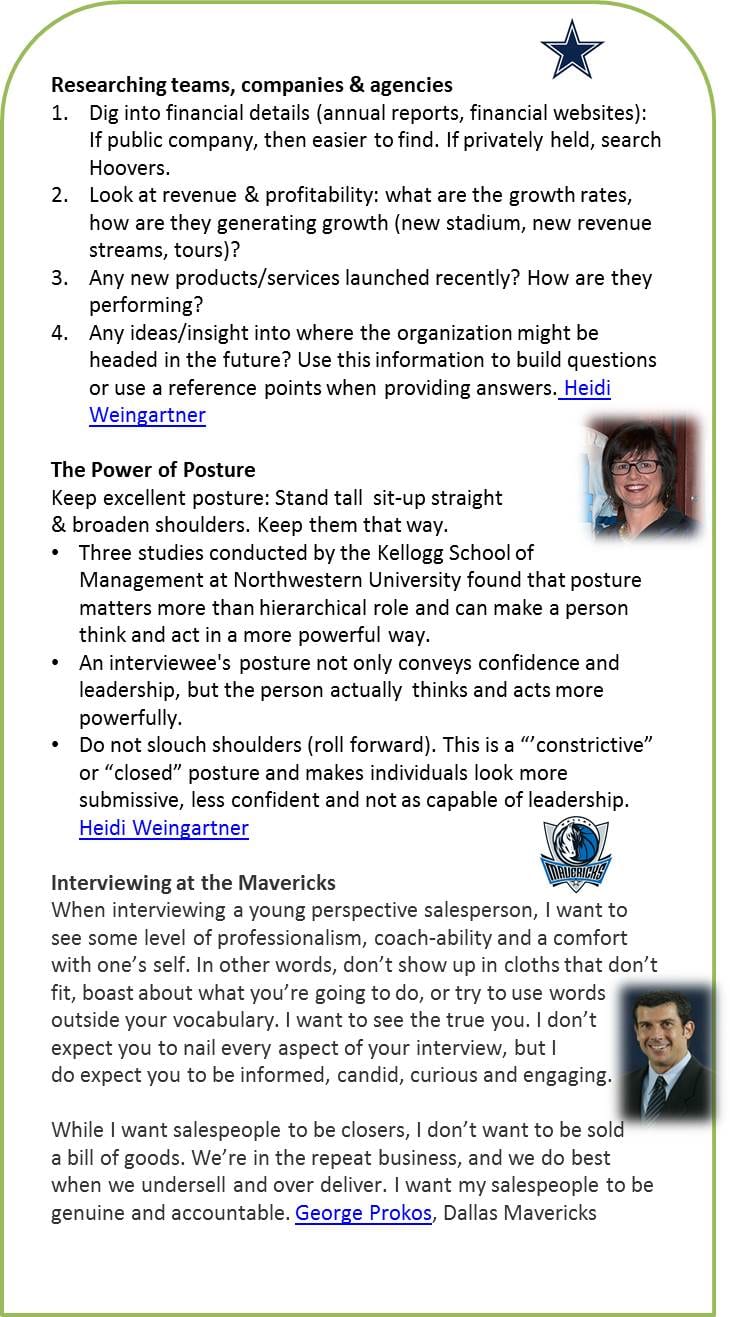by Anna Merritt – April 2013
What’s it take to be a Tourism Manager?

During the annual Baylor S3 Board Meeting in her senior year, Haley Hosch was able to meet some of the representatives from the Orlando Magic. After a follow up meeting in Florida and graduation, she flew out to the Magic and started her career as an Inside Sales rep. After two months, she heard about a position focused on tourism. Haley switched over to continue selling in the tourism department and subsequently proved herself to rise to manager of the department.
Jamie Weinstein, Ticket Sales Manager for the Orlando Magic, says, “It’s great getting to work alongside Haley every day. She has an unbelievable sense of pride in what she does with her clients and has really grown the Tourism Department this past season.”
Haley says the best qualities to have in the mix of tourism and sports industries are patience, flexibility, and great relationship skills. When working with other big industries focused in Orlando, sometimes negotiations and deals don’t go as expected. Having the patience and the flexibility to work around these hurdles is imperative. Also, Haley points out that many of the people she works with are the same year after year. If you don’t care about those relationships, the next year’s negotiations could be tough.
Getting Here
[dropshadowbox align=”right” effect=”lifted-both” width=”250px” height=”” background_color=”#ffffff” border_width=”1″ border_color=”#dddddd” ] Haley is well-liked and highly respected by her colleagues at the Orlando Magic. She’s a passionate, collaborative leader that gets results. The Tourism Department continues to grow because she goes above and beyond for her clients. ~ Joe Andrade[/dropshadowbox]Starting a career is always a difficult task. At some point, we all need a mentor or some eye-opening advice. One of these mentors is a senior vice president who Haley says, “continually pushes me to think globally and strategically for the department and company.” His consistency as a great leader has influenced her career. Who doesn’t need someone like that? Another mentor is a leadership coach at the Magic who Haley gets to meet with to set personal and professional goals and strategically work toward achieving those goals with the support and guidance of someone with greater experience than herself.
Haley is well-liked and highly respected by her colleagues at the Orlando Magic. She’s a passionate, collaborative leader that gets results. The Tourism Department continues to grow because she goes above and beyond for her clients. ~ Joe Andrade[/dropshadowbox]Starting a career is always a difficult task. At some point, we all need a mentor or some eye-opening advice. One of these mentors is a senior vice president who Haley says, “continually pushes me to think globally and strategically for the department and company.” His consistency as a great leader has influenced her career. Who doesn’t need someone like that? Another mentor is a leadership coach at the Magic who Haley gets to meet with to set personal and professional goals and strategically work toward achieving those goals with the support and guidance of someone with greater experience than herself.
As far as eye-opening advice, Haley says some of the best advice she’s received is to “control the controllable.” There are many uncontrollable things in life, you can’t let those things take over and get you down. You can always control your attitude and outlook. One of her favorite quotes is, “life is 10% what happens to you and 90% how you react to it.” What is your 90% going to be like?
Learned along the way
When talking to people interested in getting into the sports industry, and most other careers, Haley offers four pieces of advice.
- Double-up. Concentrate on doubling revenue on each of your accounts. In other words, focus on turning each small account into a bigger one.
- Surround yourself. Think about how you want to be perceived by your peers and leaders. The people you associate with will influence you, so surround yourself with successful, positive people.
- Step outside. Take advantage of the opportunity to learn from tenured executives throughout your organization. In sales, it can be very easy to stay within your department bubble, but the sports industry is saturated with leaders and influencers that can help you throughout your career.
- Invest in yourself. Professional and personal balance is important. Take the time and resources to invest in both.

















